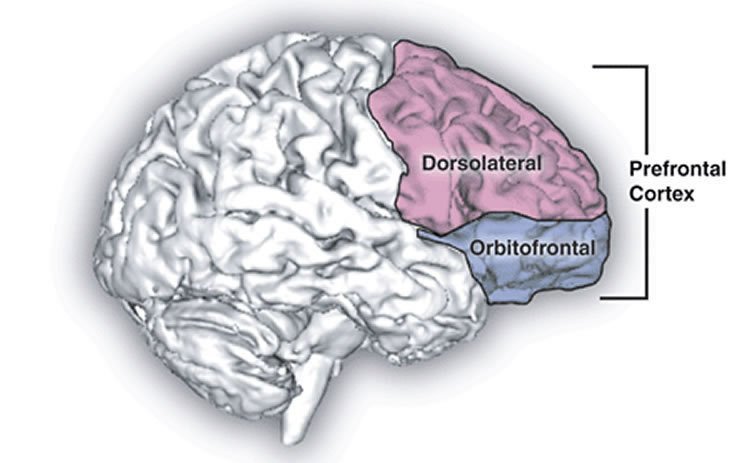Curiosity as a mechanism has a central role to play in the interaction of an organism with its environment, and as a result in its growth & development. It allows the organisms to investigate each other and their environment. Many have opined that curiosity is as intrinsic to organisms as hunger and thirst. Hunger, appetitive aggression and curiosity respectively drive three different goal-oriented behaviours, which are food eating, hunting and novelty-seeking. The neurobiological mechanisms which guide the curiosity have so far remained elusive.
A group of scientists in Netherlands Institute for Neuroscience has identified the circuits which drive and gate curiosity. The group that conducted the study on mice model is led by Alexander Heimel, and Researcher Mehran Ahmadlou is a prominent member. The group has narrowed down to the region in the brain which is the site for curiosity. The group found out that a specific population of genetically identified GABA-ergic neurons in a region of brain known as the Zona incerta receives excitatory input in the form of novelty and/or arousal information from the prelimbic cortex. These neurons send inhibitory projections to the periaqueductal gray region. This particular circuitry is needed for the exploratory behaviour, which allows the organism to explore new objects and conspecifics.
Also Read: Study points out importance of REM sleep and its duration in brain development
Mehran Ahmadlou stated that when the cells of the region Zona incerta, were inactivated, there was a decrease in the depth and duration of investigation by the organism, i.e. mice. Another study has pointed out that Zona incerta also plays an important role in arousing curiosity in monkeys. But, little is known about this region in the humans, as stated by Alexander Heimel. The study by the group opens up gateways towards understanding curiosity in humans, the associated connectomes-map and the related neurochemistry.
Zona incerta: It is a gray matter region in the sub-thalamus which lies below the thalamus in the brain. It is horizontally elongated with connections projecting into cerebral cortex and spinal cord. Its functions potentially include limbic-motor integration, which covers functions like synchronizing of the cortical and sub-cortical brain rhythms and gating of sensory inputs.
GABA: GABA which stands for γ (gamma)- Amino butyric Acid is the main inhibitory neurotransmitter. Its function is to reduce the excitability of the neurons throughout the nervous system, which disallows a transmission across neuronal synapse. At cellular level, its function translates into making the neuron less likely to generate an action potential, the basic readout of neuron’s excitability. The neuronal cells which produce GABA are known as the GABA-ergic neurons.
Prelimbic cortex: It a part of the medial prefrontal cortex in the brain and is designated under Brodmann map as the BA32. It receives extensive projections from subicular cortex, entorhinal cortex and the cingulate cortex which lies above the corpus callosum. (The left lobe of the brain is connected to the right lobe by the corpus callosum.) The Infralimbic cortex, and the adjacent Prelimbic cortex are the most rostral components of the anterior cingulate cortex. The prelimbic cortex projects back to limbic cortical regions. It has descending projections, mainly to the lateral hypothalamus, PAG (periaqueductal gray), parabrachial nucleus and NTS (nucleus tractus solitarius). The NTS is the principal visceral sensory nucleus and is formed of neurochemically and biophysically distinct neurons located in the dorsomedial medulla oblongata.
Periaqueductal gray (PAG): Located within the tegmentum of the midbrain region, PAG is a gray matter formed around the cerebral aqueduct. It plays a critical role in motivated behaviour.





